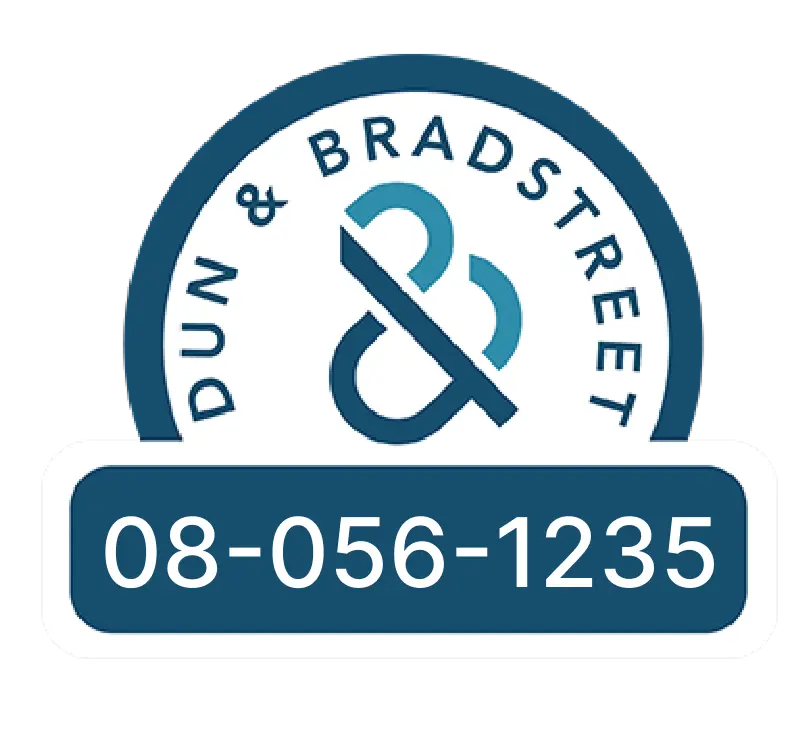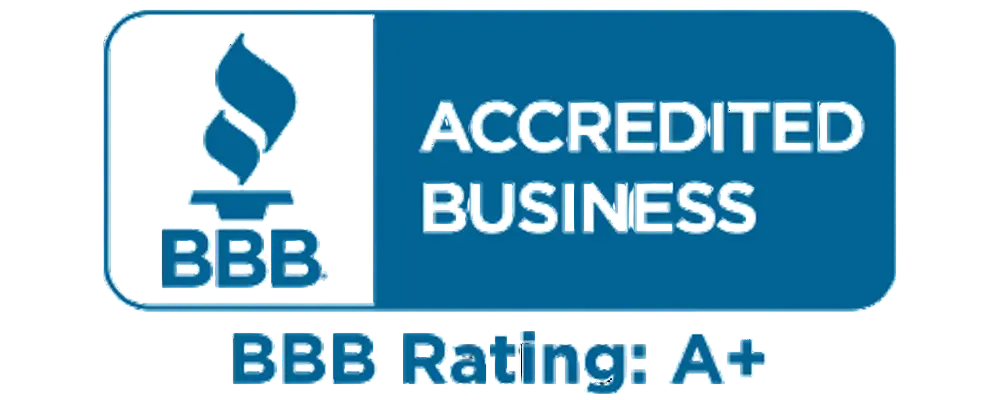Download free PDF
Oncology Companion Diagnostic Market – By Offering, By Technology, By Disease Type, By End Use – Global Forecast 2025 - 2034
Report ID: GMI13317
|
Published Date: March 2025
|
Report Format: PDF
Download Free PDF
Authors: Mariam Faizullabhoy, Gauri Wani



Premium Report Details
Base Year: 2024
Companies covered: 15
Tables & Figures: 197
Countries covered: 22
Pages: 139
Download Free PDF

Oncology Companion Diagnostic Market
Get a free sample of this report
Get a free sample of this report Oncology Companion Diagnostic Market
Is your requirement urgent? Please give us your business email
for a speedy delivery!





Oncology Companion Diagnostic Market Size
The global oncology companion diagnostic market was estimated at USD 4.6 billion in 2024. The market is expected to grow from USD 5.1 billion in 2025 to USD 12.7 billion by 2034 at a CAGR of 10.8% during the forecast period.
Oncology companion diagnostics are a medical device, includes test or assay, to offer essential information for the safe and effective use of a corresponding drug or biological product in cancer treatment. Companion diagnostics helps to identify a specific genetic markers, mutations, and other biomarkers in patients tumor to determine if they are likely to respond to a particular therapeutic agent.
The global oncology companion diagnostic market is experiencing significant growth, driven by the increasing prevalence of cancer. For instance, according to the World Health Organization (WHO), an estimated 20 million new cancer cases were reported in 2022, resulting in approximately 9.7 million deaths. It is estimated that 53.5 million people were living within five years of a cancer diagnosis. Globally, about 1 in 5 individuals will develop cancer during their lifetime, with around 1 in 9 men and 1 in 12 women succumbing to the disease.
Thus, this statistics highlights the urgent need for advanced oncology companion diagnostics to identify patients suited for targeted therapies, improving outcomes and reducing side effects. With rising cancer rates and complexity, precision medicine guided by companion diagnostics is key to enhancing survival and quality of life globally.
Additionally, the growing demand for targeted therapies in oncology companion diagnostics is primarily driven by the rising adoption of precision medicine to improve cancer treatment outcomes. Traditional cancer treatments are now replaced by personalized approaches, where therapies are now tailored to patients specific tumor characteristics and individuals genetic profile. For instance, according to the study conducted in National Institute of Health (NIH) states that, in breast cancers, targeted therapies such as trastuzumab and lapatinib has shown effectiveness in treatment. Thus, this significantly improves progression-free survival. Furthermore, advancements in genomic technologies and increased investment in research and development are propelling market growth.
Oncology Companion Diagnostic Market Trends
Oncology Companion Diagnostic Market Analysis
Based on offering, the market is segmented into product and services. Further, product segment is bifurcated into instrument, consumables, and software. The global market was estimated at USD 4.2 billion in 2023. The product segment held revenue of USD 3 billion in 2024 and the segment is poised for significant growth at a CAGR of 10.6% during the forecast period.
Based on technology, the oncology companion diagnostic market is bifurcated into polymerase chain reaction (PCR), next-generation sequencing (NGS), immunohistochemistry (IHC), in situ hybridization (ISH)/fluorescence in situ hybridization (FISH), and other technologies. The polymerase chain reaction (PCR) segment accounted for a 34.2% market share in 2024 and is projected for significant growth to reach USD 4.5 billion by 2034.
Based on disease type, the oncology companion diagnostic market is bifurcated into breast cancer, non-small cell lung cancer, colorectal cancer, leukemia, melanoma, prostate cancer, and other disease types. The breast cancer segment accounted for a 34.7% market share in 2024.
Based on end use, the oncology companion diagnostic market is bifurcated into hospitals, diagnostic laboratories, academic and research institutions, and other end users. The hospitals segment accounted for a 38.4% market share in 2024.
Europe: The oncology companion diagnostic market in UK is expected to experience significant and promising growth from 2025 to 2034.
Asia Pacific: Japan oncology companion diagnostic market is anticipated to witness lucrative growth between 2025 – 2034.
Middle East and Africa: The oncology companion diagnostic market in Saudi Arabia is expected to experience significant and promising growth from 2025 to 2034.
Oncology Companion Diagnostic Market Share
The top 4 players of the market account for approximately 45% of the market share which includes companies such as Abbott Laboratories, F. Hoffmann-La Roche, Illumina, Thermo Fisher Scientific, among others. With every firm introducing new products such as instruments, kits, assay and using advanced technologies, modernization is extremely important. Moreover, strategic partnerships with research institutes, and government agencies play a primary role in advancing the development of new products and getting the necessary permits. The enhancement of public awareness about cancer and its health impact through the social media platform, will encourage more individuals to seek the treatment, assisting market players to strengthen their position in this growing sector.
Oncology Companion Diagnostic Market Companies
Some of the eminent market participants operating in the oncology companion diagnostic industry include:
Oncology Companion Diagnostic Industry News:
The oncology companion diagnostic market research report includes an in-depth coverage of the industry with estimates and forecast in terms of revenue in USD Million from 2021 – 2034 for the following segments:
Click here to Buy Section of this Report
Market, By Offering
Market, By Technology
Market, By Disease Type
Market, By End Use
The above information is provided for the following regions and countries: